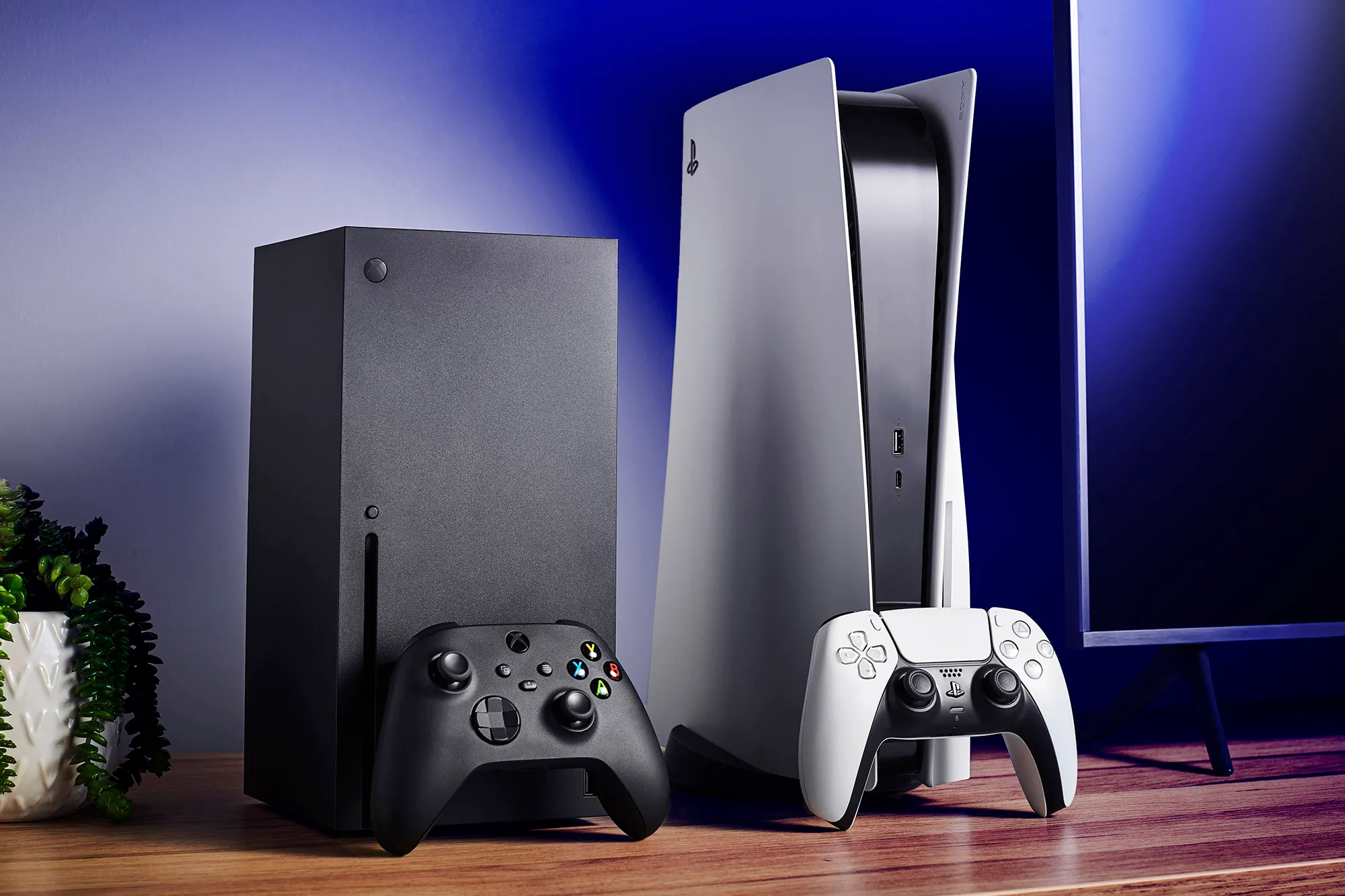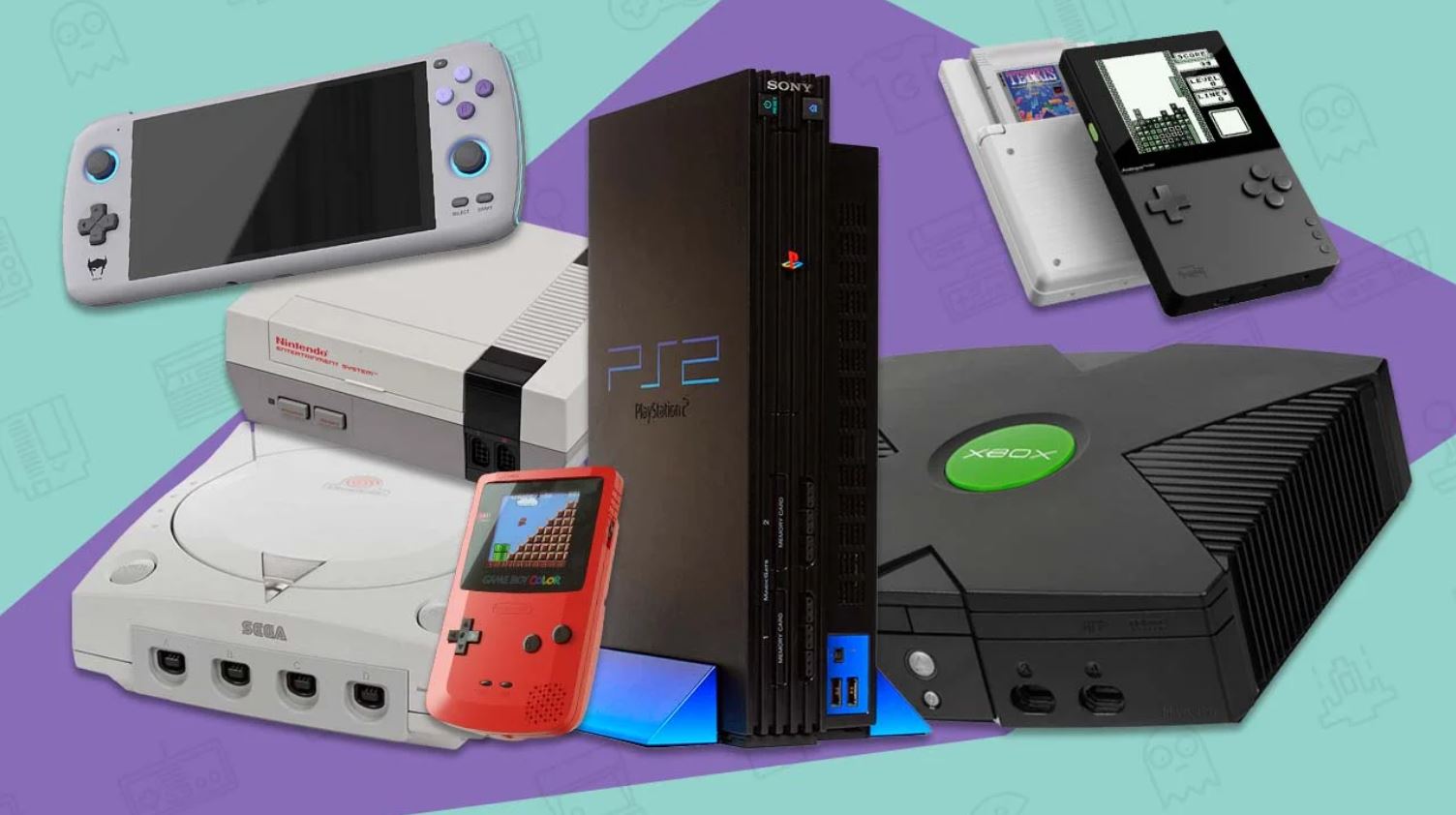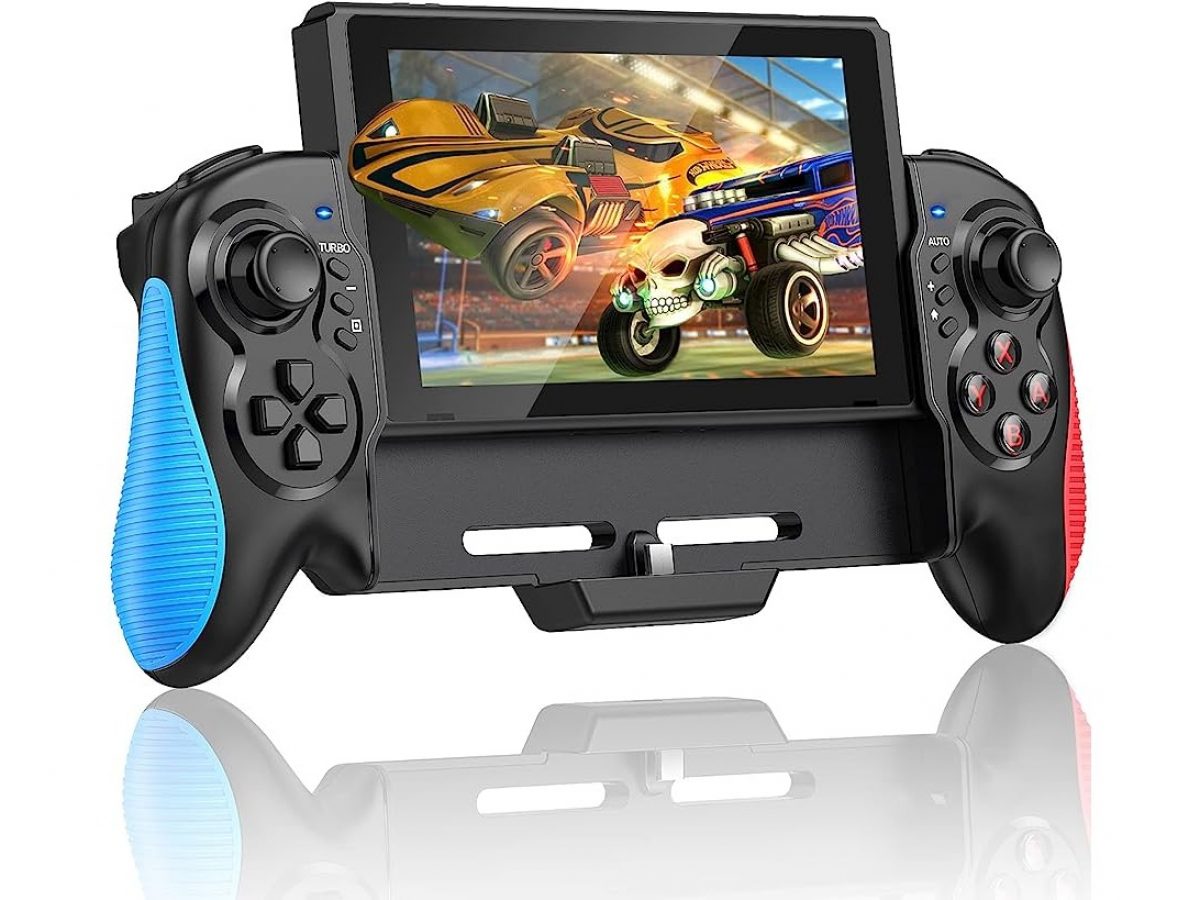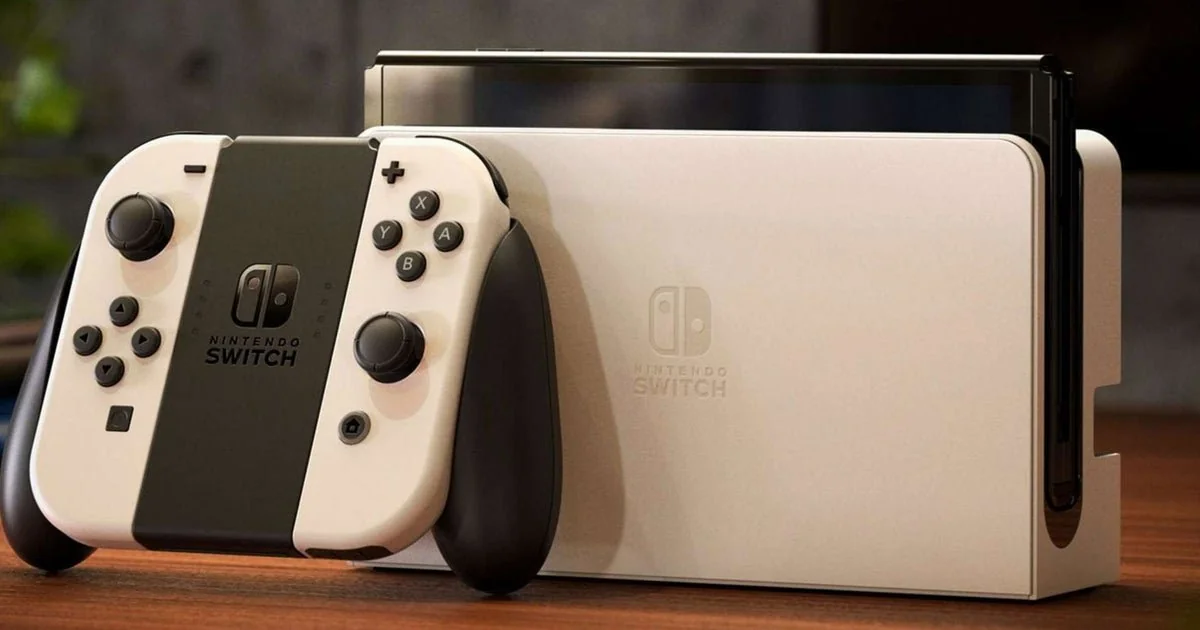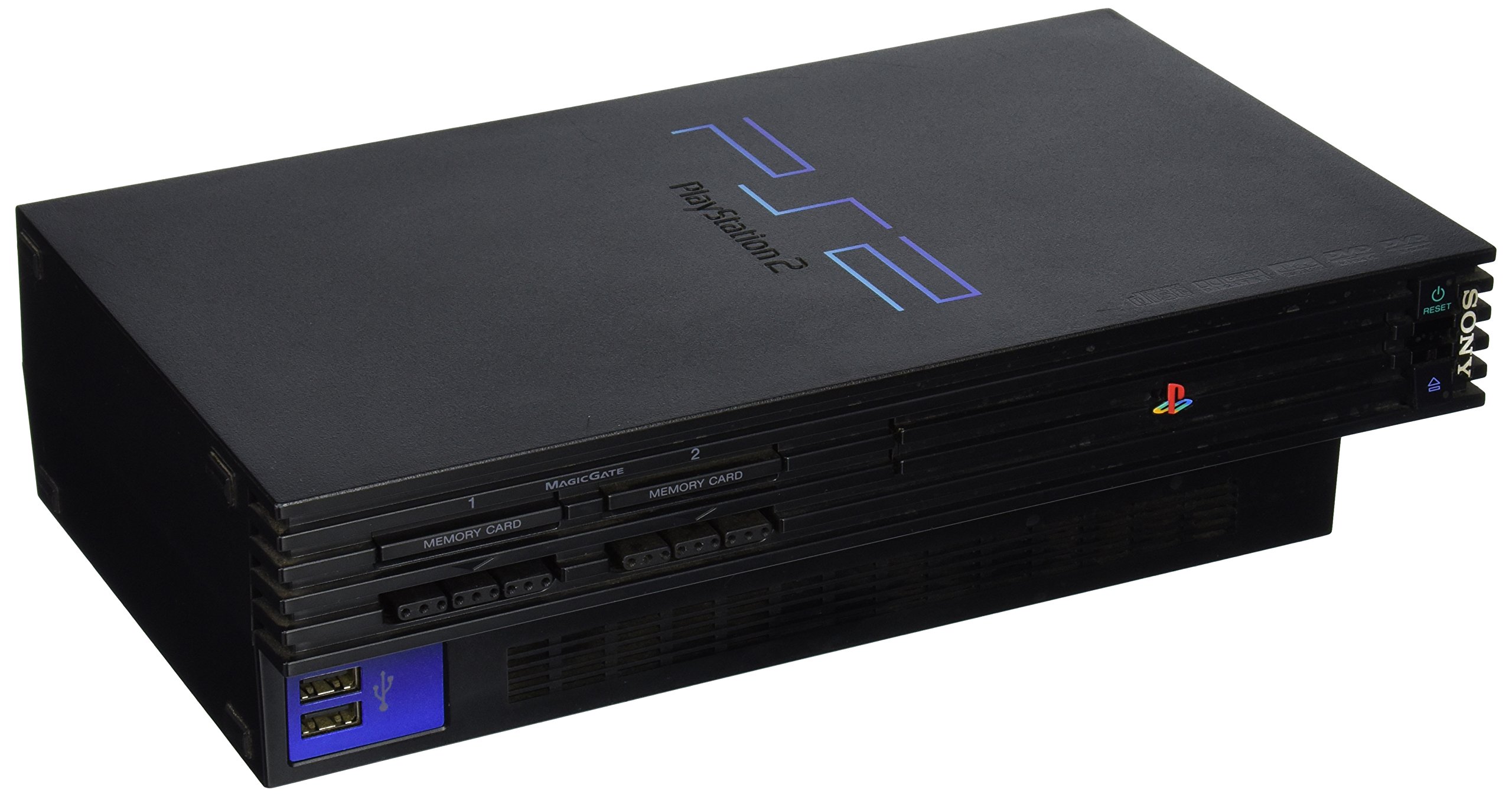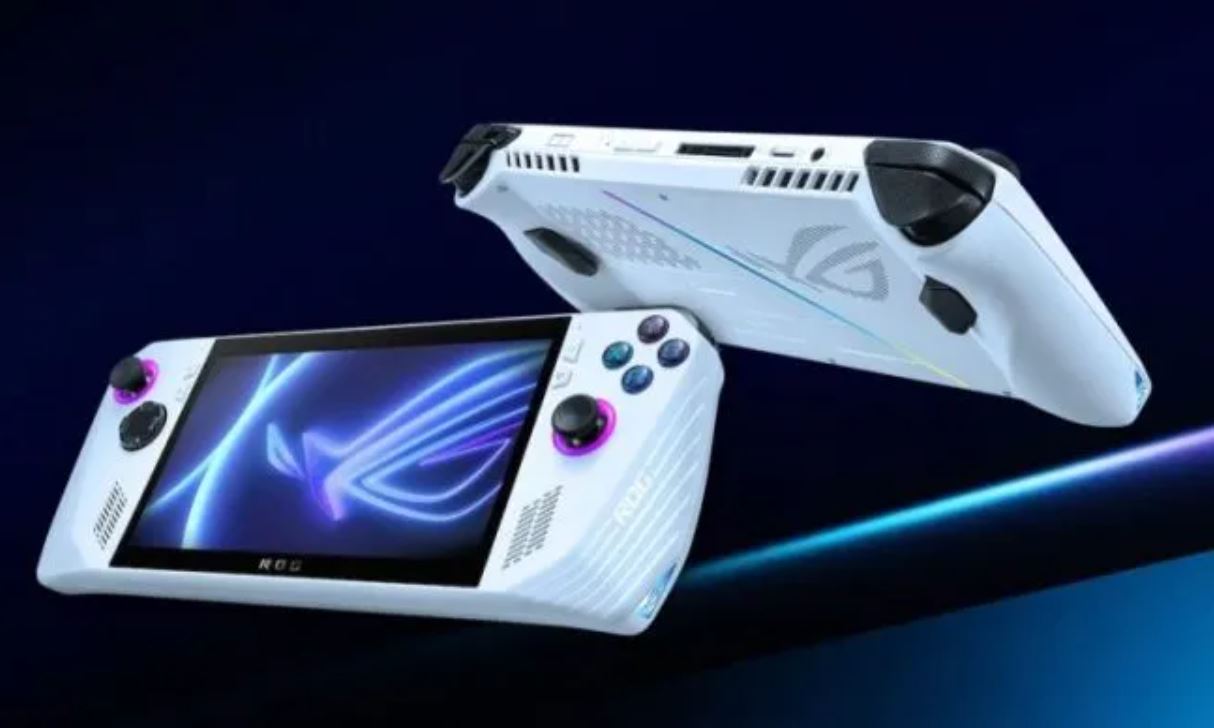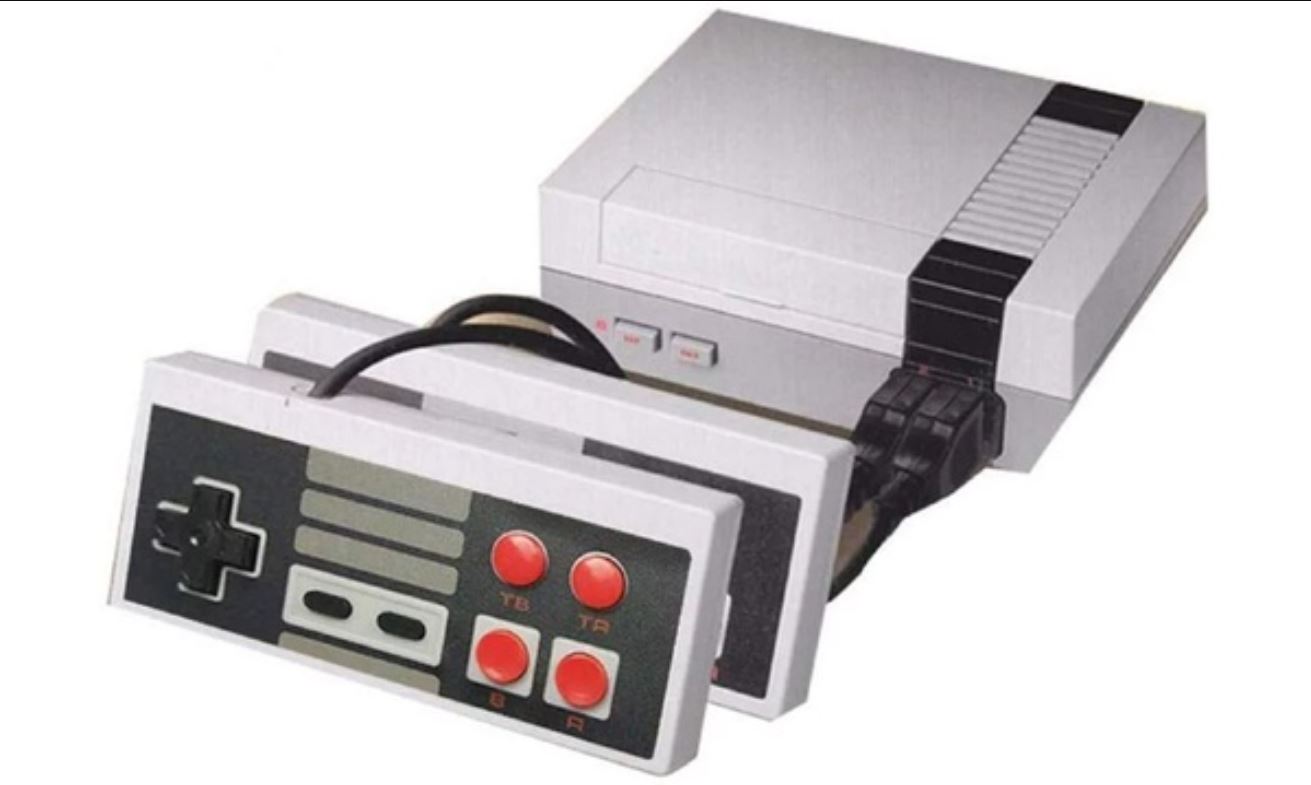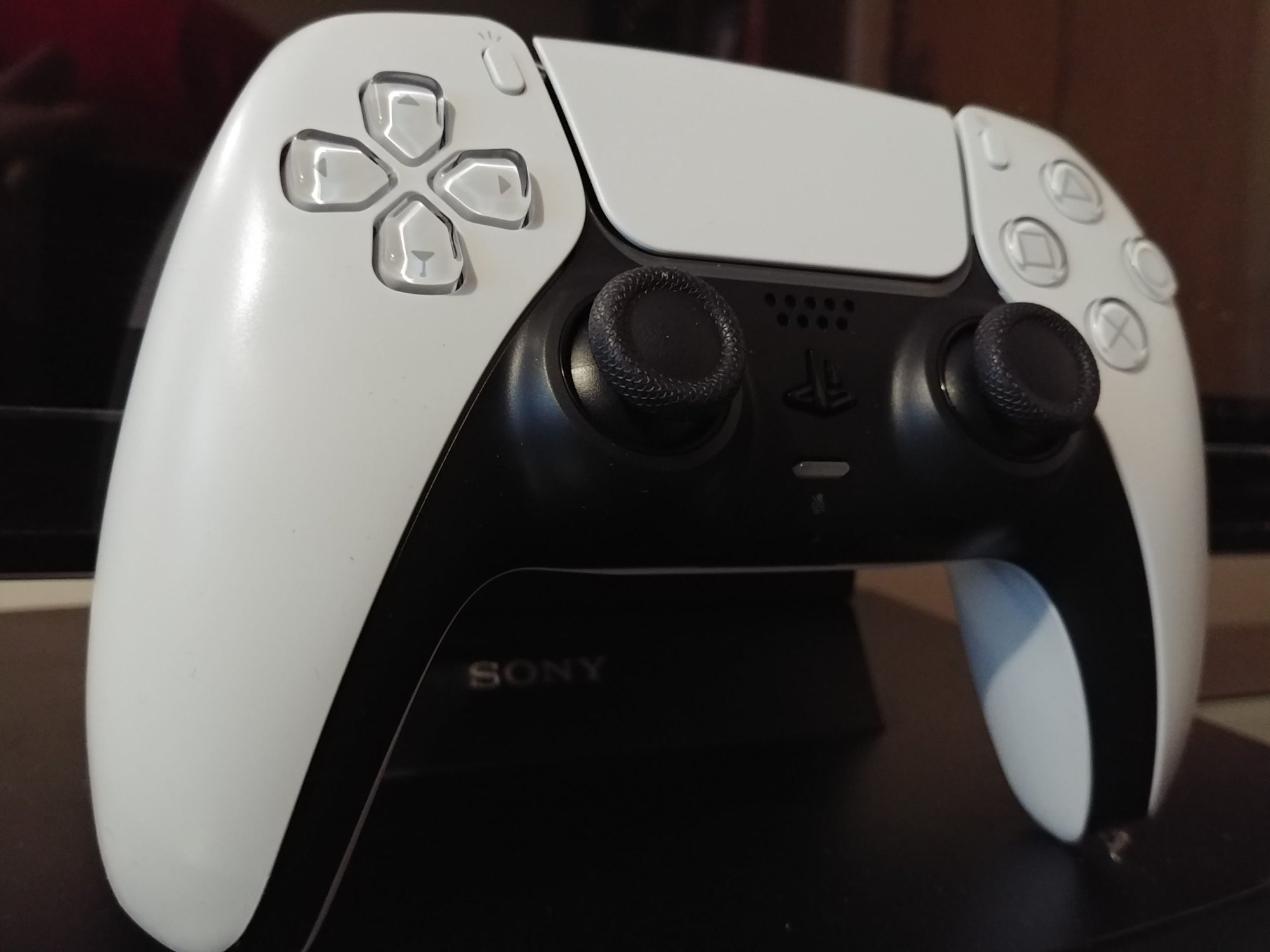Introduction
Gaming consoles have become an integral part of the gaming industry, providing gamers with immersive experiences, stunning graphics, and a vast array of gaming options. These devices have come a long way since their inception, evolving into powerful machines that cater to the needs of both casual and hardcore gamers. With advances in technology and an ever-growing demand for interactive entertainment, gaming consoles continue to push boundaries and redefine the gaming landscape.
A gaming console, also known as a video game console, is a specialized device designed primarily for playing video games. These dedicated gaming machines offer a seamless gaming experience by combining cutting-edge hardware with user-friendly interfaces. Unlike home computers, gaming consoles are optimized for gaming performance, allowing for smooth gameplay and lag-free experiences.
Over the years, gaming consoles have undergone significant transformations. From simple pixelated graphics and limited game libraries to high-definition visuals and extensive game libraries, the evolution of gaming consoles has revolutionized the way people play and interact with video games. Today, gaming consoles offer realistic graphics, online multiplayer capabilities, and an array of multimedia features that extend beyond gaming.
When it comes to the components, gaming consoles consist of several key elements that work together to deliver an exceptional gaming experience. These components include a central processing unit (CPU), graphics processing unit (GPU), memory, storage, and various input/output connections. The combination of these components ensures the smooth execution of games, delivering high-quality visuals, fluid gameplay, and responsive controls.
While gaming consoles bear similarities to home computers, there are notable differences that set them apart. Gaming consoles are purpose-built for gaming, emphasizing performance and usability for gaming enthusiasts. Home computers, on the other hand, are multi-purpose devices that cater to various needs, including gaming.
In the following sections, we will explore the evolution of gaming consoles, delve into the key components that make them tick, discuss the differences between gaming consoles and home computers, and take a look at some of the popular gaming consoles available in the market today. Additionally, we will analyze the benefits and drawbacks of gaming consoles, providing a comprehensive overview of these gaming devices.
Definition of a Gaming Console
A gaming console, also known as a video game console, is a specialized device designed primarily for playing video games. It is a dedicated gaming machine that offers a seamless gaming experience, combining powerful hardware with user-friendly interfaces.
Unlike home computers, which serve multiple functions, gaming consoles are specifically optimized for gaming performance. They are designed to provide gamers with immersive experiences, stunning graphics, and a wide range of gaming options.
Gaming consoles typically consist of a console unit and a controller. The console unit houses the essential hardware components that enable gameplay, while the controller allows players to interact with the games through buttons, joysticks, and other input methods.
One of the defining features of gaming consoles is their ability to connect to a television or monitor, allowing players to enjoy their games on a larger screen. This connection is typically made through HDMI or other video output ports.
Gaming consoles also offer various connectivity options. They can be connected to the internet, enabling online multiplayer gaming, content streaming, and access to digital game libraries. Additionally, some gaming consoles support wireless connectivity, eliminating the need for cumbersome cables.
Game media is a crucial aspect of gaming consoles. Traditionally, gaming consoles relied on physical game discs or cartridges to play games. In recent years, however, digital game distribution has gained popularity, allowing players to download games directly onto the console’s internal storage or external media.
Some gaming consoles also include multimedia features, such as the ability to play DVDs or Blu-rays, stream movies and TV shows, and access various entertainment applications. These additional features make gaming consoles a hub for all forms of digital entertainment.
In summary, a gaming console is a specialized device dedicated to delivering an enhanced gaming experience. With their powerful hardware, user-friendly interfaces, and extensive gaming libraries, gaming consoles have become a staple in the world of video games.
Evolution of Gaming Consoles
The gaming console industry has gone through a remarkable evolution since its inception. From humble beginnings to cutting-edge machines, gaming consoles have come a long way in terms of technology, graphical capabilities, and gaming experiences.
The first game console, the Magnavox Odyssey, was released in 1972. It featured simple, pixelated graphics and used overlays on the TV screen to provide different game elements. However, it laid the foundation for the future of gaming consoles.
In the late 1970s and early 1980s, consoles such as Atari 2600 and Intellivision gained popularity. These consoles introduced interchangeable game cartridges, allowing players to easily switch between different games. The games themselves became more complex, with improved graphics and sound.
The video game industry experienced a significant crash in the early 1980s due to oversaturation and poor-quality games flooding the market. However, in 1983, Nintendo released the Nintendo Entertainment System (NES), which revitalized the industry. The NES featured a wide range of iconic games, such as Super Mario Bros. and The Legend of Zelda, and introduced a standardized controller layout.
With the release of the Sega Genesis and Super Nintendo Entertainment System (SNES) in the late 1980s and early 1990s, gaming consoles entered the era of 16-bit graphics. These consoles offered improved visuals and sound, creating more immersive gaming experiences. The battle between Sega and Nintendo dominated the gaming landscape during this time.
In the mid-1990s, Sony revolutionized the gaming industry with the release of the PlayStation. The PlayStation introduced 3D gaming, with titles like Crash Bandicoot and Tomb Raider capturing players’ imaginations. The PlayStation’s CD-based format allowed for larger game sizes and improved audio quality.
The early 2000s marked the advent of the sixth generation of consoles, with the release of the PlayStation 2, Xbox, and Nintendo GameCube. These consoles featured more powerful hardware, enhanced graphics, and introduced innovative features such as online multiplayer gaming.
In 2006, Sony released the PlayStation 3, Microsoft released the Xbox 360, and Nintendo introduced the Wii. The Wii, with its motion controls, appealed to a broader audience and became a massive success. The PlayStation 3 and Xbox 360 pushed the boundaries of graphical capabilities, offering high-definition gaming and multimedia features.
The current generation of gaming consoles includes Sony’s PlayStation 4, Microsoft’s Xbox One, and Nintendo’s Switch. These consoles offer advanced graphics, online connectivity, streaming capabilities, and a vast library of games. Virtual reality (VR) has also entered the gaming console scene, with devices like the PlayStation VR providing immersive gaming experiences.
The evolution of gaming consoles continues, with the upcoming release of the PlayStation 5 and Xbox Series X/S. These consoles promise even more powerful hardware, faster loading times, and stunning visuals that push the boundaries of realism.
In summary, gaming consoles have evolved from simple, pixelated games to powerful machines that offer immersive gaming experiences. Each generation of consoles brought advancements in graphics, gameplay, and connectivity, shaping the gaming landscape and captivating players worldwide.
Key Components of a Gaming Console
Gaming consoles are composed of several key components that work together to deliver a seamless and immersive gaming experience. These components ensure smooth gameplay, stunning visuals, and responsive controls. Let’s delve into the essential elements that make up a gaming console:
- Central Processing Unit (CPU): The CPU is the brain of the gaming console, responsible for executing instructions and calculations. It handles tasks such as game physics, artificial intelligence, and overall system performance.
- Graphics Processing Unit (GPU): The GPU is dedicated to rendering graphics and images. It processes the game’s visuals, including textures, lighting, and special effects. A powerful GPU ensures high-quality graphics and smooth frame rates.
- Memory: Gaming consoles have a combination of RAM (random access memory) and VRAM (video RAM). RAM stores temporary data that the console needs to access quickly, such as game assets and system resources. VRAM is specifically dedicated to storing graphics-related data.
- Storage: Gaming consoles employ various types of storage, such as hard disk drives (HDDs) or solid-state drives (SSDs). These storage devices hold the console’s operating system, game installations, downloadable content, and game saves.
- Input/Output Connections: Gaming consoles offer a range of input/output connections to connect to peripherals and external devices. These connections include HDMI (High-Definition Multimedia Interface) for video and audio output, USB ports for accessories and storage devices, and networking ports for online gaming and internet connectivity.
- Controller: The controller is a vital component of a gaming console, allowing players to interact with games. It features buttons, joysticks, triggers, and other input methods. The controller’s design and layout can significantly impact the gaming experience.
These key components work together harmoniously to create a powerful gaming system. The CPU and GPU handle the processing and rendering of games, while memory ensures efficient data storage and retrieval. Storage devices provide ample space for game installations and save files. Input/output connections enable connectivity to displays, accessories, and online networks.
Developers optimize games to harness the capabilities of these components, unlocking the full potential of the gaming console. As technology advances, gaming consoles are continually improving their components to deliver higher performance, enhanced visuals, and smoother gameplay.
It’s important to note that the specific components and their specifications vary across different gaming console models and generations. The evolution of technology brings advancements and upgrades, allowing for more immersive and realistic gaming experiences.
Differences Between Gaming Consoles and Home Computers
While gaming consoles and home computers may share some similarities, there are notable differences that set them apart. These differences determine their primary functions, usage scenarios, and target audiences. Let’s explore some of the key distinctions between gaming consoles and home computers:
- Purpose: Gaming consoles are primarily designed for gaming, offering optimized performance and user-friendly interfaces for an immersive gaming experience. Home computers, on the other hand, are versatile devices that cater to various needs, including gaming, productivity, web browsing, and multimedia tasks.
- Performance: Gaming consoles prioritize gaming performance by using specialized hardware components. They are optimized to deliver smooth gameplay with high frame rates, enhanced graphics, and minimal lag. Home computers, while capable of gaming, have a broader focus and may have varying levels of performance depending on their specifications.
- Software Compatibility: Gaming consoles have exclusive software libraries, with games developed specifically for the console platform. These games are often licensed and optimized to run seamlessly on the console’s hardware. Home computers, on the other hand, have a vast range of software options, including games, productivity suites, multimedia editing tools, and more. They are compatible with a wider variety of software applications.
- Operating System: Gaming consoles typically run on proprietary operating systems designed specifically for gaming. These operating systems provide a streamlined gaming experience and easy access to gaming-related features. Home computers, on the other hand, run general-purpose operating systems such as Windows, macOS, or Linux, offering greater flexibility and customization options.
- Upgradability: Gaming consoles are generally closed systems, meaning their hardware configurations cannot be easily upgraded or modified. While firmware updates may enhance certain aspects of the console, major hardware changes are limited to new console generations. Home computers, on the other hand, are highly customizable and upgradable. Users can swap out components like CPUs, GPUs, and storage devices to improve performance or accommodate changing needs.
- Multiplayer and Online Gaming: Gaming consoles offer seamless multiplayer experiences, often with built-in online capabilities and dedicated gaming networks. They prioritize social gaming, enabling players to connect and compete with one another easily. While home computers support multiplayer and online gaming as well, the setup process may be more involved and require additional software or configurations.
It’s important to note that the line between gaming consoles and home computers has become somewhat blurred in recent years. Some modern gaming consoles offer additional functionalities beyond gaming, such as media streaming and web browsing. Similarly, home computers have become more gaming-oriented, with gaming-specific components and peripherals available to enhance the gaming experience.
In summary, gaming consoles and home computers have distinct purposes and characteristics that cater to different needs. Gaming consoles prioritize gaming performance, accessibility, and user-friendly interfaces, while home computers offer versatility, upgradability, and a wide range of software options. Both platforms have their own advantages and can provide enjoyable gaming experiences based on individual preferences and requirements.
Popular Gaming Consoles in the Market
The gaming console market is filled with a variety of options, each offering unique features, game libraries, and gaming experiences. Here are some of the most popular gaming consoles available in the market today:
- PlayStation 5: Released by Sony in 2020, the PlayStation 5 (PS5) is the latest generation of the renowned PlayStation series. With powerful hardware, including a custom CPU and GPU, the PS5 delivers stunning visuals and ultra-fast loading times. It features a new DualSense controller with advanced haptic feedback and adaptive triggers, enhancing immersion in games.
- Xbox Series X/S: Developed by Microsoft, the Xbox Series X and Series S are the company’s latest offerings. The Xbox Series X is a powerhouse console, boasting impressive graphics and processing capabilities, while the Series S provides a more affordable and compact option. Both consoles focus on performance, backward compatibility, and access to the extensive Xbox Game Pass library.
- Nintendo Switch: Nintendo’s hybrid console, the Nintendo Switch, offers a unique gaming experience. It can be used as a handheld device or connected to a TV, providing versatility for on-the-go gaming or immersive home gaming. The Switch features innovative Joy-Con controllers with motion sensing capabilities and a large library of first-party Nintendo games.
- PlayStation 4: As the predecessor to the PS5, the PlayStation 4 (PS4) remains a popular choice for gamers. It offers a robust game library, including exclusive titles such as “The Last of Us Part II” and “God of War.” The PS4 introduced enhanced graphics and online multiplayer capabilities, making it a beloved console among both casual and hardcore gamers.
- Xbox One: Microsoft’s Xbox One brought forward advanced gaming features, including multimedia integration, streaming capabilities, and backward compatibility. With an extensive library of games, the Xbox One appealed to a wide range of gamers. It also introduced the popular subscription service Xbox Game Pass, offering access to a vast library of games for a monthly fee.
These are just a few examples of popular gaming consoles in the market, and each console has its own strengths and exclusives. It’s important to consider factors such as game libraries, performance, exclusive titles, and personal preferences when choosing a gaming console.
In addition to the aforementioned consoles, there are other notable options available, including retro consoles like the Sega Genesis Mini and the NES Classic Edition, as well as virtual reality gaming platforms such as the PlayStation VR for immersive virtual reality experiences.
Ultimately, the choice of a gaming console depends on individual preferences, gaming interests, and budget. Regardless of the chosen console, there is no shortage of exciting games and immersive experiences awaiting gamers in the vast world of gaming consoles.
Benefits of Gaming Consoles
Gaming consoles offer a range of benefits that contribute to their popularity among gamers of all ages. These benefits extend beyond traditional gaming experiences and encompass various aspects of entertainment, social interaction, and convenience. Here are some key advantages of gaming consoles:
- Optimized Gaming Experience: Gaming consoles are specifically designed for gaming, providing optimized performance and seamless gameplay. With dedicated hardware and software, consoles offer a smooth and immersive gaming experience with enhanced graphics, high frame rates, and minimal lag.
- Exclusive Game Libraries: Each gaming console has its own exclusive game library, encompassing a wide range of genres and titles. These exclusive games are often developed or licensed specifically for the console, offering unique experiences that can’t be found on other platforms.
- Social and Multiplayer Gaming: Gaming consoles emphasize social gaming, making it easy to connect with friends and other players. Many consoles offer online multiplayer capabilities, enabling cooperative or competitive gaming experiences. This fosters social interaction, teamwork, and friendly competition among players.
- User-Friendly Interfaces: Gaming consoles feature user-friendly interfaces that prioritize ease of use. With intuitive menus and dedicated gaming functions, consoles make it simple to navigate through games, access multimedia features, and connect with other players online.
- Exclusive Gaming Peripherals: Gaming consoles often come with exclusive peripherals and accessories designed to enhance the gaming experience. These include specialized controllers, motion-sensing devices, virtual reality headsets, and more. These peripherals offer unique ways to interact with games and provide a more immersive and engaging experience.
- Convenience and Portability: Certain gaming consoles, like the Nintendo Switch, offer the convenience of both home and portable gaming. This allows players to enjoy their favorite games on the go or easily connect the console to a TV for a more immersive gaming experience at home.
- Parental Controls and Family-Friendly Features: Many gaming consoles incorporate parental controls and family-friendly features, providing peace of mind for parents. These features allow parents to manage and monitor their children’s gaming activities, restrict access to certain content, and set time limits on gaming sessions.
- Access to Streaming and Multimedia Services: Gaming consoles often integrate with streaming services such as Netflix, Amazon Prime, and Hulu, allowing users to enjoy a variety of multimedia content on their consoles. This eliminates the need for additional devices and provides a convenient all-in-one entertainment solution.
These benefits highlight the appeal and versatility of gaming consoles, offering a holistic entertainment experience beyond traditional gaming. From optimized gameplay to social interaction, gaming consoles provide a convenient and enjoyable way to explore the world of gaming and entertainment.
Drawbacks of Gaming Consoles
While gaming consoles offer numerous advantages, they also come with a few drawbacks that potential users should consider. These drawbacks may impact certain aspects of the gaming experience, affordability, or customization options. Here are some of the key drawbacks of gaming consoles:
- Limited Upgradability: Unlike home computers, gaming consoles have limited upgradability options. Once you purchase a console, you are generally locked into the hardware configuration for the duration of its lifespan. This means you cannot easily upgrade the CPU, GPU, or other components to keep up with advancements in technology.
- Higher Initial Cost: Gaming consoles often come with a higher initial cost compared to home computers or mobile gaming devices. The cost of a console itself, additional controllers, games, and accessories can add up quickly, making it a significant investment upfront.
- Dependency on Game Developers: Gaming consoles rely on game developers to release new games and updates. This means that the availability of games may be limited to certain platforms. While popular titles are usually multi-platform, there may be exclusives or delayed releases on specific consoles.
- Online Subscription Fees: Many gaming consoles require users to pay a monthly or annual subscription fee to access online multiplayer features. These subscriptions, such as Xbox Live Gold or PlayStation Plus, are necessary to play games with others online, making it an ongoing cost for online gaming enthusiasts.
- Shorter Lifespan: Gaming consoles have a relatively short life cycle before newer generations are introduced. As technology advances, older consoles may become less supported by game developers and gaming communities. This means that the lifespan of a console is typically limited to a few years before it is considered outdated.
- Less Flexibility and Customization: Gaming consoles prioritize simplicity and ease of use, which often means sacrificing customization options. Home computers offer more flexibility in terms of operating systems, software compatibility, and hardware configurations. With gaming consoles, users have less control over system settings and software choices.
- Hardware Compatibility: Gaming consoles have specific hardware requirements for games to run smoothly. Unlike home computers, which can be upgraded to meet higher specifications, consoles may struggle to run the latest games if their hardware is not powerful enough. This makes it necessary to upgrade to a newer console generation for optimal performance.
Despite these drawbacks, gaming consoles continue to be popular due to their convenience, optimized gaming experiences, and exclusive titles. It’s important to consider these limitations alongside the benefits before making a decision about which gaming platform is the best fit for your gaming preferences and budget.
Conclusion
Gaming consoles have evolved into powerful machines that offer a range of benefits and drawbacks. They provide optimized gaming experiences with stunning visuals, immersive gameplay, and dedicated hardware. The exclusive game libraries, social interaction features, and user-friendly interfaces foster a sense of community and entertainment among gamers.
While gaming consoles have limitations, such as limited upgradability, higher initial costs, and shorter lifespans, they continue to be popular due to their convenience, optimized gaming experiences, and exclusive titles. These devices provide a dedicated gaming experience that is tailored to the needs of gamers, offering seamless gameplay and intuitive interfaces.
On the other hand, home computers offer versatility, customization options, and broader functionality beyond gaming. They cater to a wider range of needs, including productivity tasks, multimedia editing, and web browsing, along with gaming capabilities. The ability to upgrade hardware components and install a variety of software makes home computers a flexible choice for tech-savvy users.
In the end, the choice between a gaming console and a home computer largely depends on one’s preferences, gaming habits, budget, and interest in other computer-related tasks. Both platforms have their strengths and limitations, and it’s important to weigh these factors to determine the best fit for an individual’s gaming and entertainment needs.
While gaming consoles excel at providing optimized gaming experiences with convenience and simplicity, home computers offer flexibility and upgradeability. Regardless of the platform chosen, the world of gaming is bound to deliver immersive experiences, endless entertainment, and countless opportunities for creativity and enjoyment. Whether it’s gaming on a console or exploring the vast possibilities of a home computer, the world of gaming awaits.







